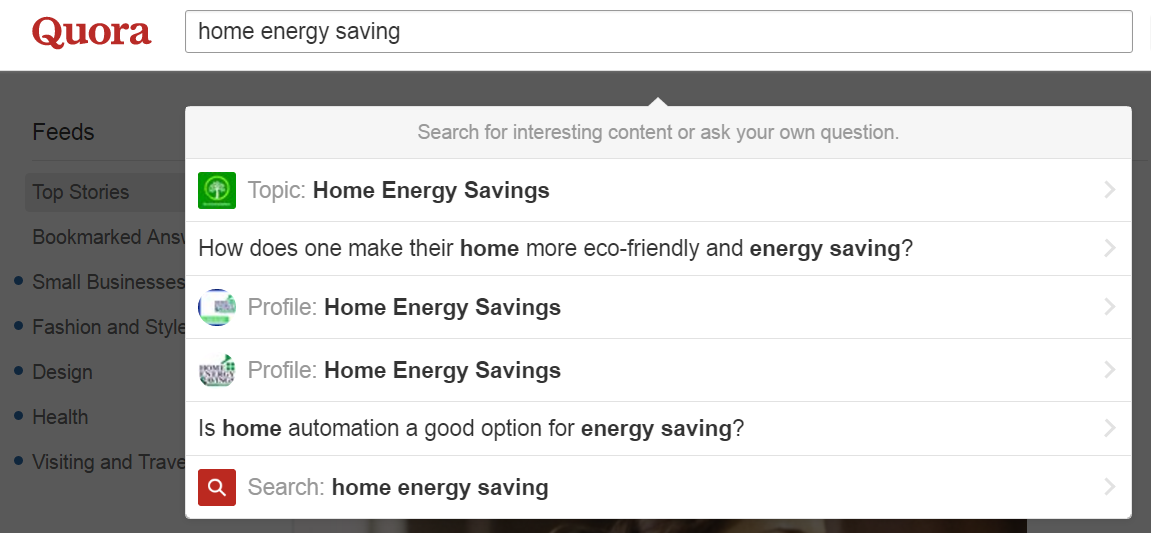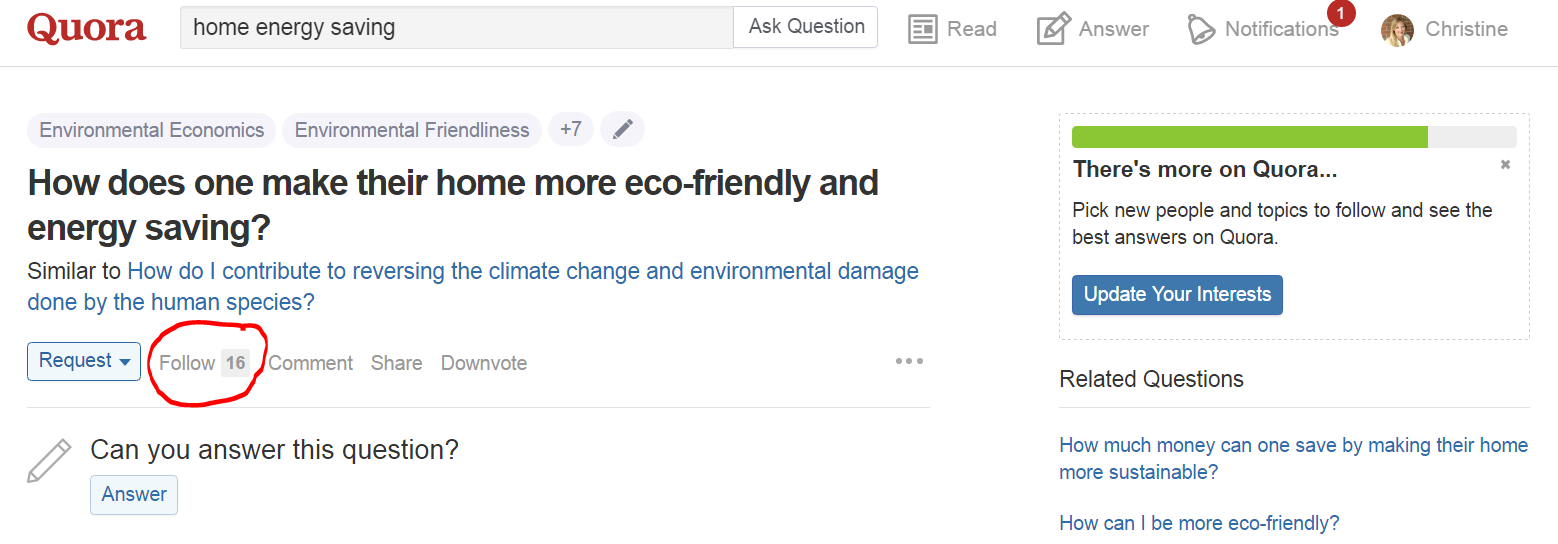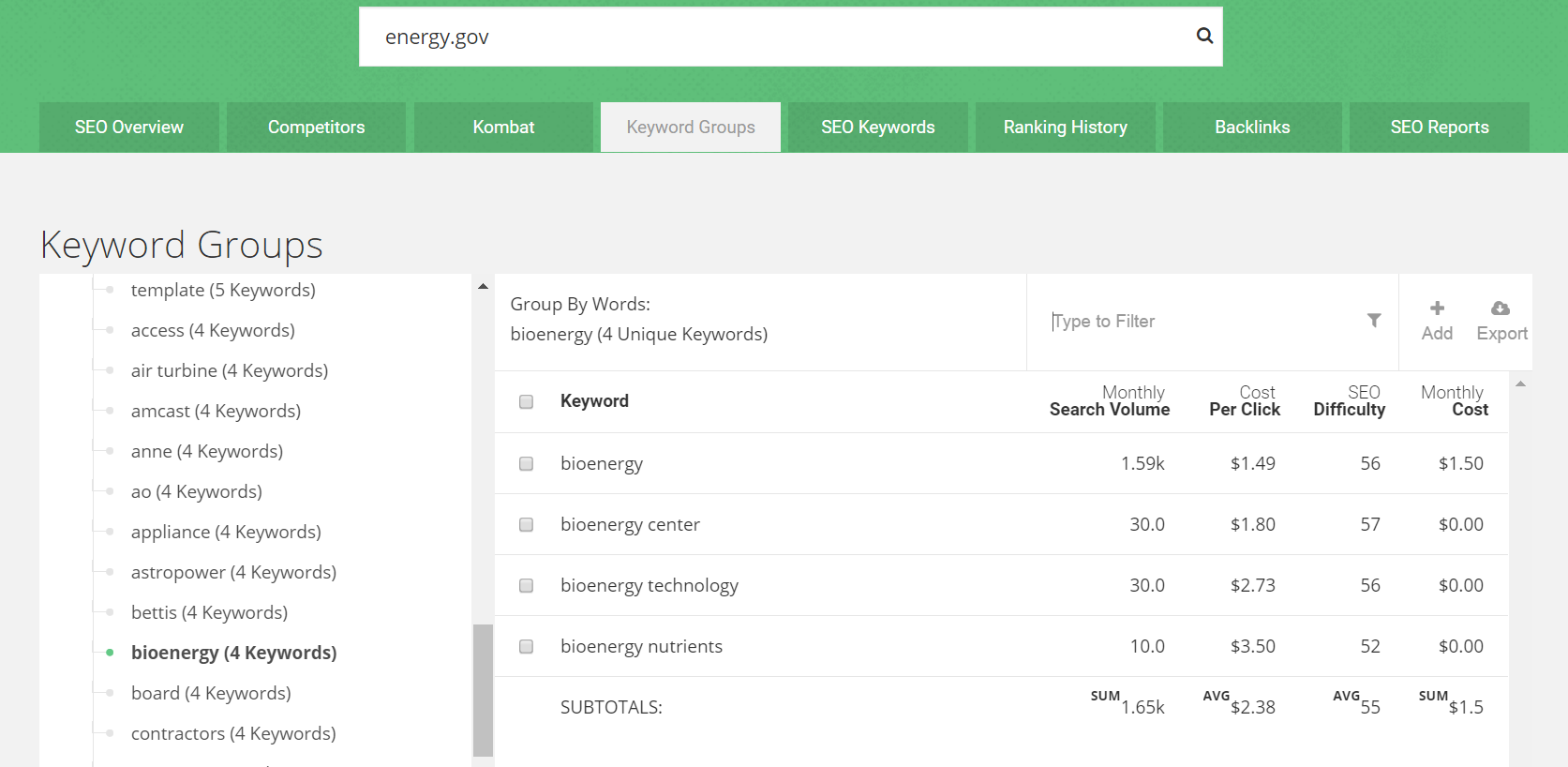…because smart content marketers don’t rely on creativity.
Face it: when you need her most, your Muse is MIA.
That’s why I’m a believer in using systems and processes to streamline content ideation.
I’ve pulled together my most effective methods of generating blog post ideas.
…because you don’t need a huge, overwhelming list of resources — you just need the best ones, right?
This post will help you consistently churn out ideas for high-value content. (No Muse required.)
If you want to create great content, start by listening
Content marketing has made the internet a noisy place.
So maybe the #1 lesson for content marketers is that we shouldn’t be coming up with content ideas at all.
The ideas below are built around what your readers already want. And that’s the whole point of content marketing: to be the best answer to your readers’ questions.
1. Build on your best blog content
With Google Analytics, you can see which content has performed well, so you can do more of what works. Open Google Analytics. Click ‘Behavior’ > ‘Site Content’ > ‘All Pages’. Select a date range, like the last 12 months.
Scroll down to see which pages had the most views. Although pageviews are a very basic measure of how popular a piece of content is, they’ll work for our purposes.
 Think about the topics and types of content that have worked well, any patterns you see, and how you can build on your best content. Based on my data, I know I’ll want to write about copywriting trends again in 2017. And since my post on content marketing templates was just published recently and is already some of my most viewed content, I’ll probably share more content marketing resource lists.
Think about the topics and types of content that have worked well, any patterns you see, and how you can build on your best content. Based on my data, I know I’ll want to write about copywriting trends again in 2017. And since my post on content marketing templates was just published recently and is already some of my most viewed content, I’ll probably share more content marketing resource lists.
2. Repurpose your existing content
Slideshares, sales sheets, and user manuals all make great sources for blog content. I love how the team at Nest shares product developments and support articles right on their blog. For example, they turned this announcement about a software update into a blog post. It’s educational and useful to their existing customers.
3. Blog comments
Creating content your readers are already talking about all but guarantees success. Browse the comments section on your blog to learn what your readers are talking about. Often, topics or questions emerge in the comments that could be turned into a full blog post. (Heated discussions can make especially engaging topics.)
That’s what we did for this post for Seventh Generation: The team identified a popular discussion topic (summer stain removal), then I curated content from forum comments to create a high-value blog post.
4. Quora
Quora is a question-and-answer community. I use it to find what questions readers might be looking for answers to. Go to Quora, type your topic in the search bar, and look at the questions that have been asked recently.
If you want to go deeper, click on the questions to see how many upvotes or follows they’ve gotten. Both are an indication of interest in that topic. You can also click the related questions on the far right for more ideas.
5. Spyfu
With Spyfu, you can see which keywords are driving readers to your competitors’ sites. Type a URL in the search bar.
Click ‘SEO Research’ > ‘SEO Keywords’ to see their top keywords. You could stop there, but those are likely to be super-competitive keywords, so it’s worth digging in a bit further.
Even if you don’t have a paid plan, the ‘Keyword Groups’ tab lets you sort the keywords that your competitor’s site ranks for. Look around for topics and ideas you could cover from a new, interesting angle.
Now that you have blog post ideas, do you need help making them happen? Hire me to create educational, engaging content for your blog.







 I'm Christine Lellis, a copywriter and certified content marketer from Michigan.
I'm Christine Lellis, a copywriter and certified content marketer from Michigan.